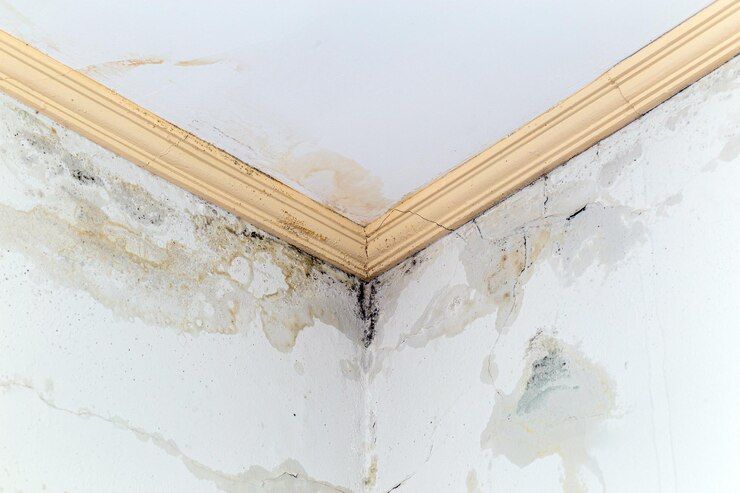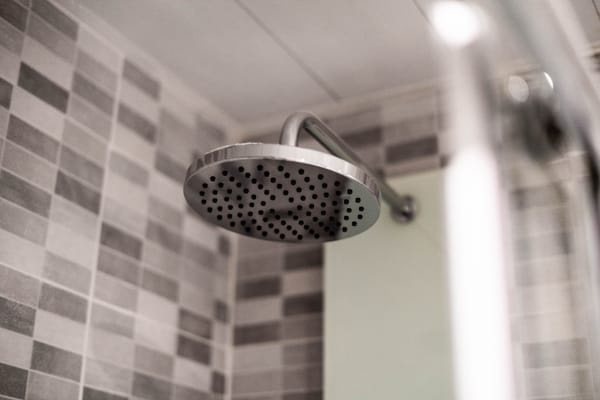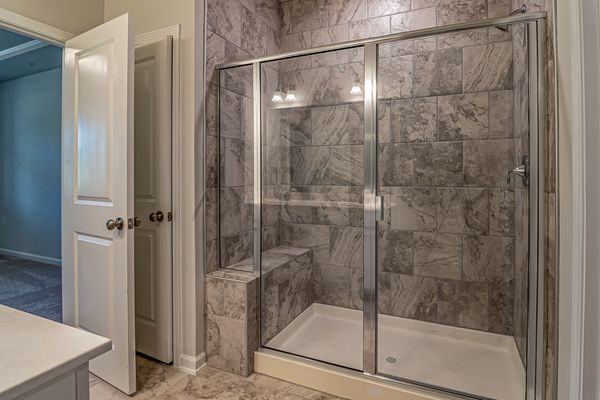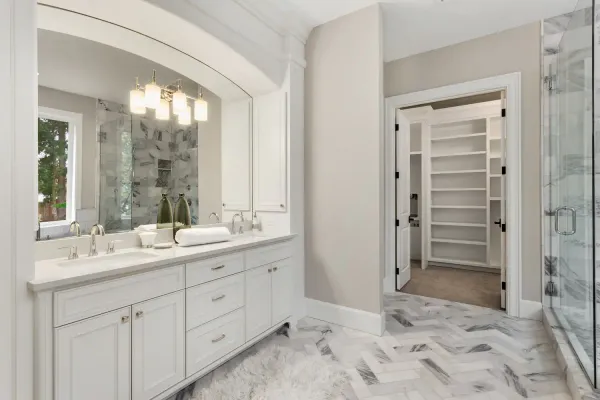Mold is a common household concern that many homeowners face, particularly in places with high humidity and moisture levels. One area of the home that's particularly susceptible to mold growth is the bathroom, especially the ceiling.
The sight of black or greenish patches on your bathroom ceiling can be off-putting and even hazardous to your health. This article will delve into the causes, potential health risks, and effective solutions to rid your bathroom of mold.
Causes of Mold Growth on the Bathroom Ceiling
High Humidity
Bathrooms are typically high-humidity environments due to regular showering, bathing, and sink use. When water evaporates into the air, it increases the humidity level, creating an ideal environment for mold to flourish.
Inadequate Ventilation
Poor or non-existent ventilation traps the humid air in the bathroom. Without proper ventilation, moisture lingers and settles on the ceiling and walls, encouraging mold growth.
Leaks
Leaky pipes or roofs can lead to water accumulating and soaking into ceilings. Over time, this constant dampness can foster mold development.
Dangers of Mold in the Bathroom
Mold isn’t just unsightly; it also poses health risks, including:
Allergic Reactions
Common mold-related symptoms include sneezing, skin rashes, red eyes, and a runny nose. Those with mold allergies might experience more severe reactions.
Asthma Attacks
For people with asthma, mold spores can trigger more frequent and severe attacks.
Respiratory Infections
Certain mold types can produce mycotoxins, potentially leading to respiratory issues, especially in the elderly, children, or those with weakened immune systems.
Mental Health Effects
There's emerging evidence that mold exposure can also affect mental health, leading to symptoms like mood swings, memory problems, and fatigue.
Effective Solutions to Prevent and Remove Mold
Improve Ventilation
Installing a good quality exhaust fan can significantly reduce bathroom humidity. Ensure it vents outside rather than into an attic to prevent shifting the mold issue to another part of your home. Regularly opening bathroom windows, if possible, also helps.
Routine Cleaning
Regularly cleaning your bathroom with mold-killing products will prevent its growth. White vinegar and hydrogen peroxide are effective, natural mold killers.
Repair Leaks Promptly
Regularly inspect for leaks in your bathroom. Address any potential sources of water intrusion immediately.
Paint with Mold-Resistant Paint
If you're repainting your bathroom, consider using mold-resistant paint. These paints contain antimicrobial agents that deter mold growth.
Keep it Dry
After showers or baths, wipe down the ceiling and walls to remove excess moisture. Additionally, consider using a dehumidifier if your bathroom retains too much humidity.
Seek Professional Help
If mold has deeply penetrated your bathroom ceiling, it might be wise to call in mold remediation specialists. They can assess the extent of the problem and recommend the best course of action.
The Hidden Corners of Mold Proliferation
Often when we discuss mold in the bathroom, our immediate thought gravitates towards the visible patches on ceilings or walls. However, mold is sneaky. Here are a few places it can lurk unnoticed:
Behind Wallpaper
Mold loves dark, damp spaces. If moisture seeps behind wallpaper, it can create a haven for mold to grow undetected.
Under Tiles
If tiles are not correctly sealed or if the grout deteriorates, moisture can accumulate beneath them, leading to mold.
Inside Cabinets
Bathroom cabinets, especially those under sinks, can become mold breeding grounds if there are leaky pipes or consistent moisture.
Drains and Faucets
These frequently wet areas can harbor mold, especially if they aren't cleaned regularly.
Maintenance Tips to Keep Mold at Bay
Prevention is always better than cure. A few simple habits can significantly reduce the chances of mold becoming a recurrent issue:
Regular Inspections
Periodically check your bathroom for any signs of mold, especially in hidden or less visible areas. Early detection makes removal easier.
Seal Tiled Areas
Ensure that all tiled surfaces are properly sealed. Re-grouting when necessary can prevent water intrusion.
Replace Old Wallpaper
If you have wallpaper in your bathroom and it's showing signs of wear or peeling, consider replacing it or opting for mold-resistant paint instead.
Regular Drain Cleaning
Using a mixture of white vinegar and baking soda can keep your drains clean and free from mold.
Monitor Indoor Humidity
Ideally, indoor humidity should be between 30-50%. Investing in a hygrometer can help you keep track.
Conclusion
The presence of bathroom ceiling mold is a clear indication of a larger moisture problem that homeowners should address promptly. Mold removal isn't just about aesthetics; it's a health imperative. Using a simple spray bottle filled with a mold-killing solution can be a homeowner's first line of defense to kill mold, especially if it's just surface mold.
But for more extensive infestations, particularly of black mold, you'll need more than just a spray. Armed with personal protective equipment, a scrub brush, and the right cleaning agents, tackling cleaning mold becomes safer and more effective.
However, remember that removing mold is only half the battle. To truly ensure the safety of your home, it's imperative to implement measures to prevent mold, especially in areas prone to mildew growth like bathroom ceilings. By staying vigilant and adopting proactive measures, homeowners can prevent bathroom mold, turning their focus from constantly removing mold to simply enjoying a fresh and healthy bathroom environment.






